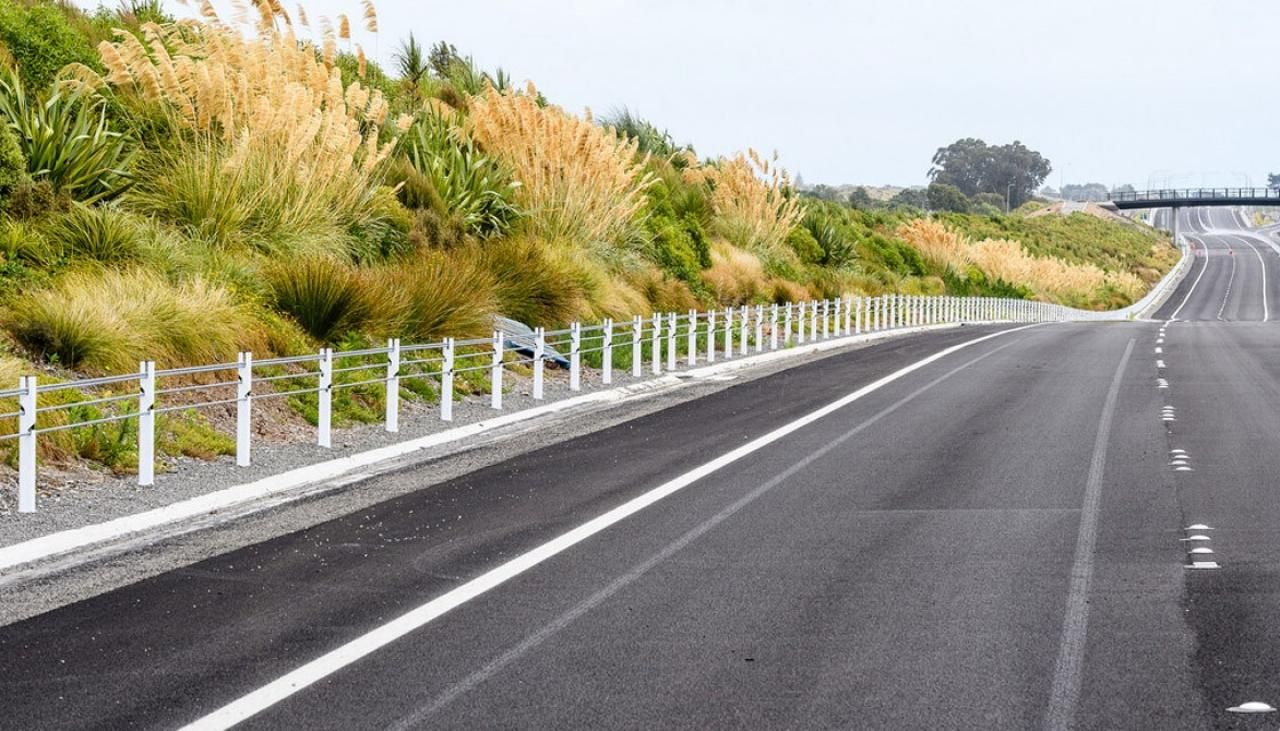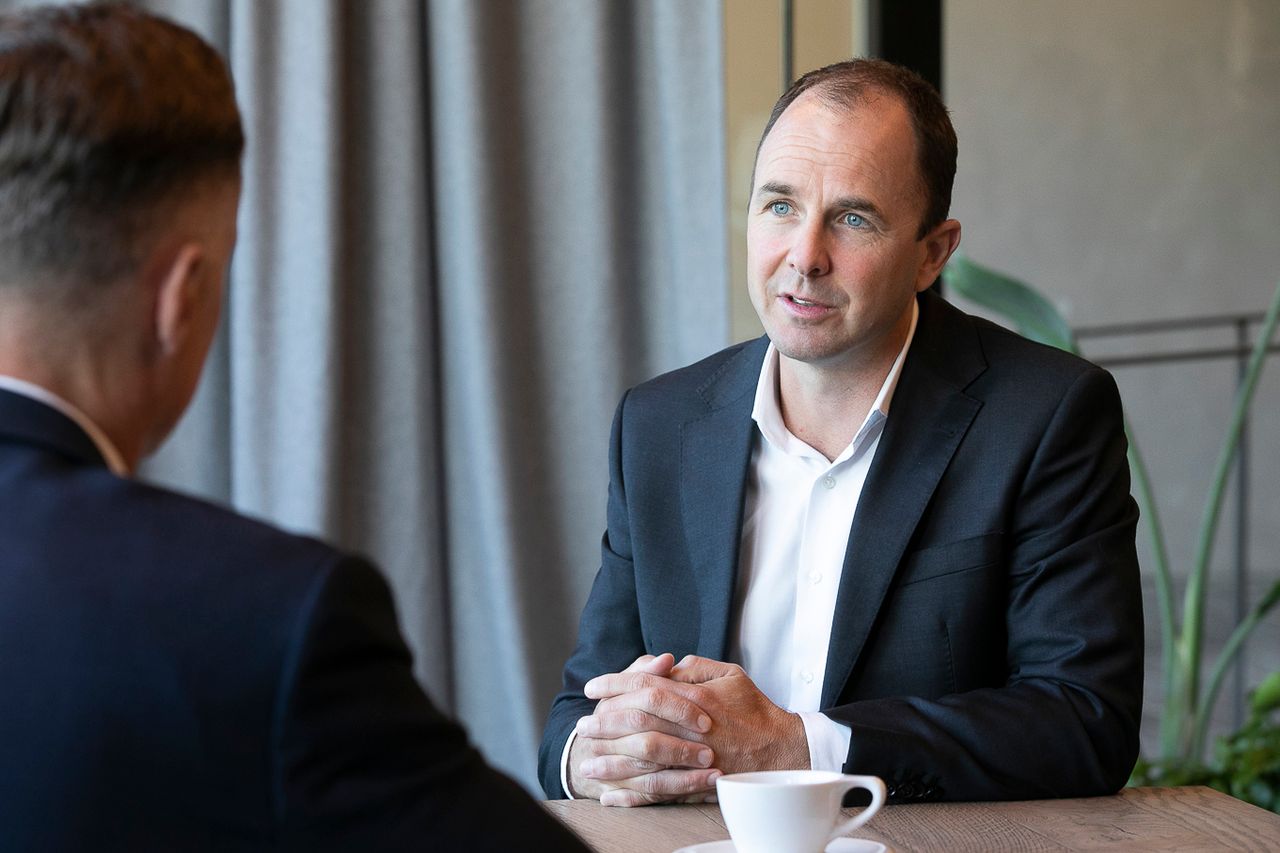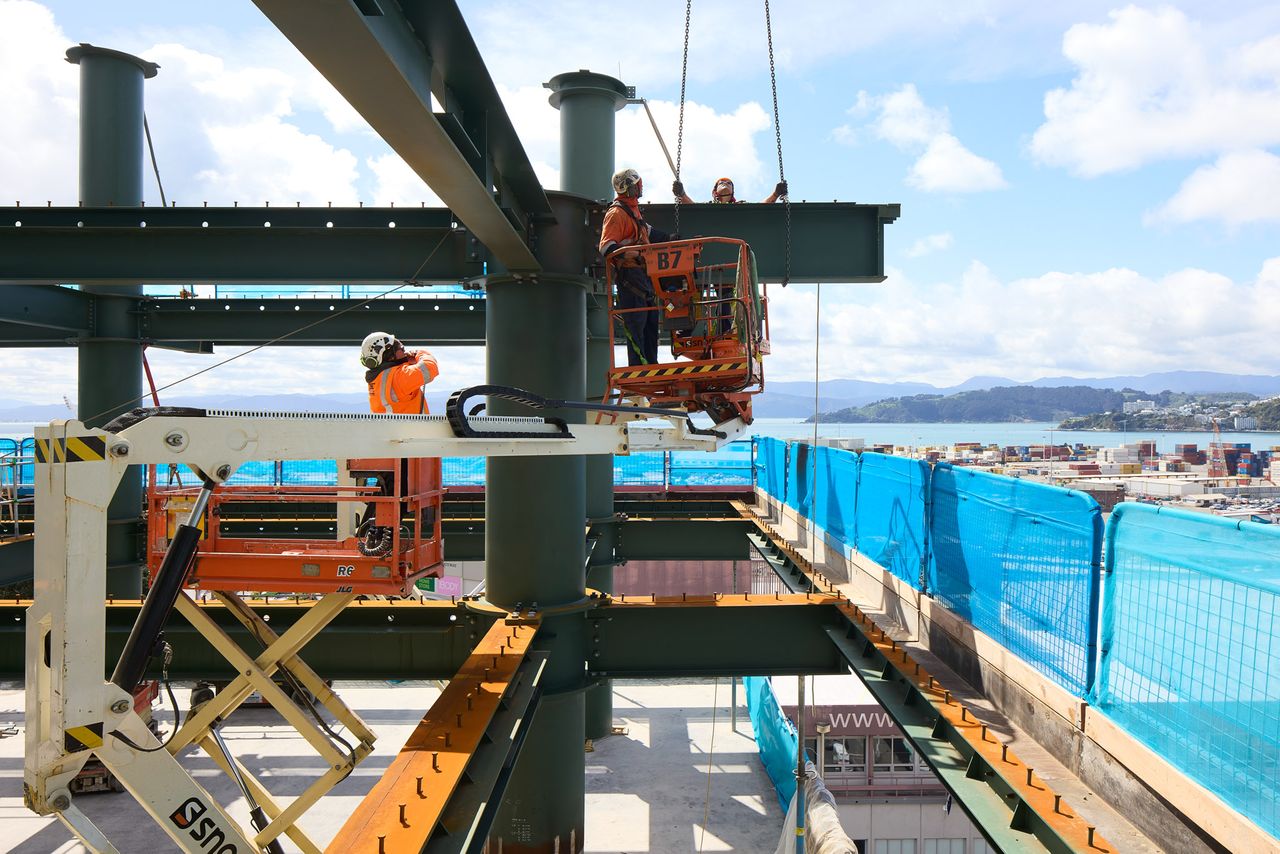News & Insights
Unblocking New Zealand's Infrastructure Challenge

RCP Director Fraser Robertson leads the company's specialist infrastructure portfolio. He considers why New Zealand struggles to make infrastructure decisions.
Strategic infrastructure provides the foundation for our country and our local communities to develop and thrive. Yet, for something so critical, we struggle to make infrastructure decisions in New Zealand.
In the last 10 years, there have been multiple examples of large, polarising projects, from the location of our largest port, light rail, heavy rail, and cycleways to intercity expressways, bridges, and tunnels. Decisions around these projects seem to require numerous studies, analysis, consultation, business cases, and funding miracles, and, all too often, they are overridden by an election promise.
Why is this? Put simply, it's a function of the investment decision-making environment.
It starts with politics. Changes in political control inevitably lead to a swing in policy settings and can cause significant disruption to the construction industry, exacerbating New Zealand's infrastructure woes. A recent example was the shift from delivery of large roading corridors to public transport, cycling and safety, and health. While these are all important investments to make, the flux created by change can stall the industry; productivity takes a dive and opportunities are lost while the industry resets itself.
Conflicting priorities between central and local Government can amplify the challenge.
Importantly, the increasing complexity of infrastructure projects demands more and more specialised capabilities, making it difficult for skilled resources to switch between roading, rail, energy, water and tunnels.
Each time the industry is asked to refocus and the list of projects changes, we lose valuable expertise overseas. Worse still, we lose the investment in the training and development of our people. The result is a resounding loss of local talent and productivity.
As a country with limited capital and resources to support large infrastructure projects, we don't have the time or the money to expend on endless analysis, deliberation and changing priorities. We need to establish a consistent path that provides confidence and certainty for businesses to invest in themselves, grow their people and innovate. To achieve the desired productivity levels, we must maintain a regular pipeline of activity in each key infrastructure sector to maintain, grow and improve our construction expertise.
Ultimately, New Zealand must be smarter and more efficient with its decision-making. This starts with a clear, long-term infrastructure strategy. This strategy sets out the key infrastructure investment required in each region and provides a blueprint for the country.
New Zealand comprises unique regions, so it's time to recognise the special character of each area and position each to succeed with dedicated infrastructure. We need to leverage each region's strengths – such as agriculture, technology, education, transport or logistics – and design the infrastructure to enable them to flourish. Equally important is the need for this infrastructure to complement and unlock synergies with adjacent regions. We must extract more value from our investment, recalling the adage, 'the whole is greater than the sum of its parts'.
An independent entity such as Te Waihanga, the NZ Infrastructure Commission, is best suited to develop a strategy for Aotearoa. It is one step removed from the Government, yet it is cognisant of policy and political positions that shape a future strategy.
Even more important than the strategy, however, is the vision that tells us where we are heading. Aptly, at Infrastructure New Zealand's Building Nations 2050 in Wellington last month, Sir Peter Gluckman reminded us of the famous Alice in Wonderland quote,
"If you don't know where you are going, any road will get you there".
Vision provides clarity, consistency, and continuity to the project pipeline and enables the industry to achieve the desperately needed productivity gains. New Zealand needs a unified vision developed by the people, for the people. Critically, it must have broad bipartisan support with political agendas put aside to push New Zealand forward. If we align our vision, developing an infrastructure strategy becomes easy and less prone to change. The focus moves from' what', to' when'.
Ultimately, we must move away from a short-term focus and develop a long-term pipeline of strategic infrastructure projects aligned to a vision, presented as a programme and supported by an enduring financial commitment.
Making infrastructure decisions based on investment – not cost – will see New Zealand achieve its true potential.



